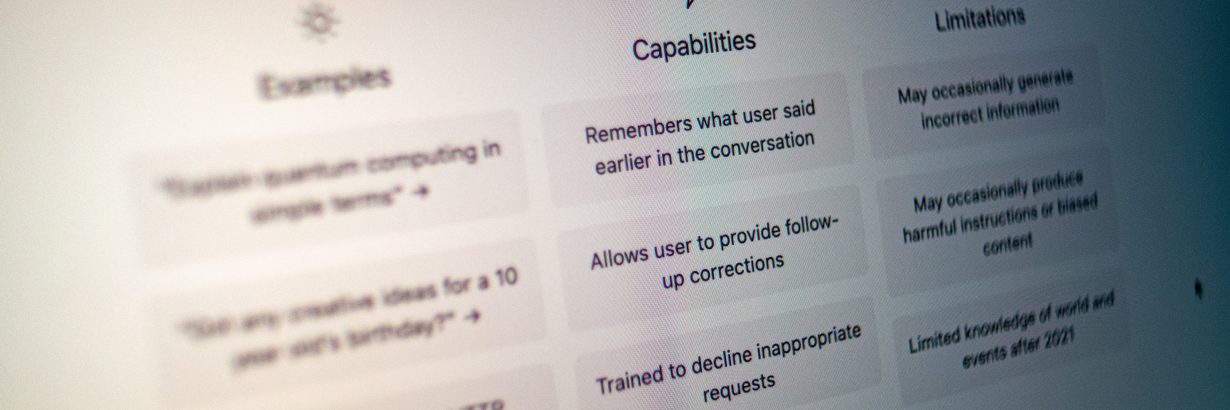As a software engineer, you often need to write a lot of documentation, code comments, and other text-based content. Writing clear, concise, and error-free text is essential to effectively communicating with your team and stakeholders. However, this can be a time-consuming and challenging task, especially when you’re dealing with complex technical concepts.
Fortunately, there’s a tool that can help you save time and improve the quality of your writing: <a href=”https://try.quillbot.com/99a4qnwx85mh” target=”_blank”>QuillBot</a>. <a href=”https://try.quillbot.com/99a4qnwx85mh” target=”_blank”>QuillBot</a> is an AI-powered writing tool that uses natural language processing and machine learning algorithms to rewrite and rephrase text. In this blog post, we’ll explore how software engineers can use <a href=”https://try.quillbot.com/99a4qnwx85mh” target=”_blank”>QuillBot</a> to improve their writing.
Writing clear and concise code comments
Code comments are an essential part of software development. They provide context and explain the purpose of the code, making it easier for other developers to understand and modify it. However, writing code comments can be a tedious and time-consuming task.
<a href=”https://try.quillbot.com/99a4qnwx85mh” target=”_blank”>QuillBot</a> can help you quickly and easily write clear and concise code comments. Simply paste your code comment into <a href=”https://try.quillbot.com/99a4qnwx85mh” target=”_blank”>QuillBot</a>, and it will suggest alternative phrasing that you can use to improve the readability and clarity of your comment. It can also help you avoid common grammatical errors, such as awkward sentence structures and incorrect verb tenses.
Rewriting technical documentation
Writing technical documentation is a critical part of software development. It helps ensure that everyone on your team has a clear understanding of the software’s functionality and features. However, writing technical documentation can be a daunting task, especially if you’re dealing with complex technical concepts.
<a href=”https://try.quillbot.com/99a4qnwx85mh” target=”_blank”>QuillBot</a> can help you rewrite technical documentation in a way that is easier to understand. Simply paste your technical document into <a href=”https://try.quillbot.com/99a4qnwx85mh” target=”_blank”>QuillBot</a>, and it will suggest alternative phrasing and sentence structures that can help simplify and clarify your writing. It can also help you avoid jargon and technical terms that might be confusing to non-technical stakeholders.
Generating code snippets
<a href=”https://try.quillbot.com/99a4qnwx85mh” target=”_blank”>QuillBot</a> can also help you generate code snippets quickly and easily. Simply describe the functionality you need, and <a href=”https://try.quillbot.com/99a4qnwx85mh” target=”_blank”>QuillBot</a> will generate a code snippet that you can use in your project. This can be especially useful when you’re working with a new programming language or framework and need to quickly generate code that follows best practices.
Improving communication with stakeholders
Effective communication is essential to the success of any software development project. However, it can be challenging to communicate complex technical concepts to non-technical stakeholders.
<a href=”https://try.quillbot.com/99a4qnwx85mh” target=”_blank”>QuillBot</a> can help you improve your communication with stakeholders by suggesting alternative phrasing and simplifying technical language. This can help ensure that everyone on your team is on the same page and has a clear understanding of the project’s goals and requirements.
In conclusion, <a href=”https://try.quillbot.com/99a4qnwx85mh” target=”_blank”>QuillBot</a> is a powerful tool that can help software engineers save time and improve the quality of their writing. Whether you’re writing code comments, technical documentation, or communicating with stakeholders, <a href=”https://try.quillbot.com/99a4qnwx85mh” target=”_blank”>QuillBot</a> can help you write clear, concise, and error-free text. So why not give it a try and see how it can help you in your next project?




Recent Comments